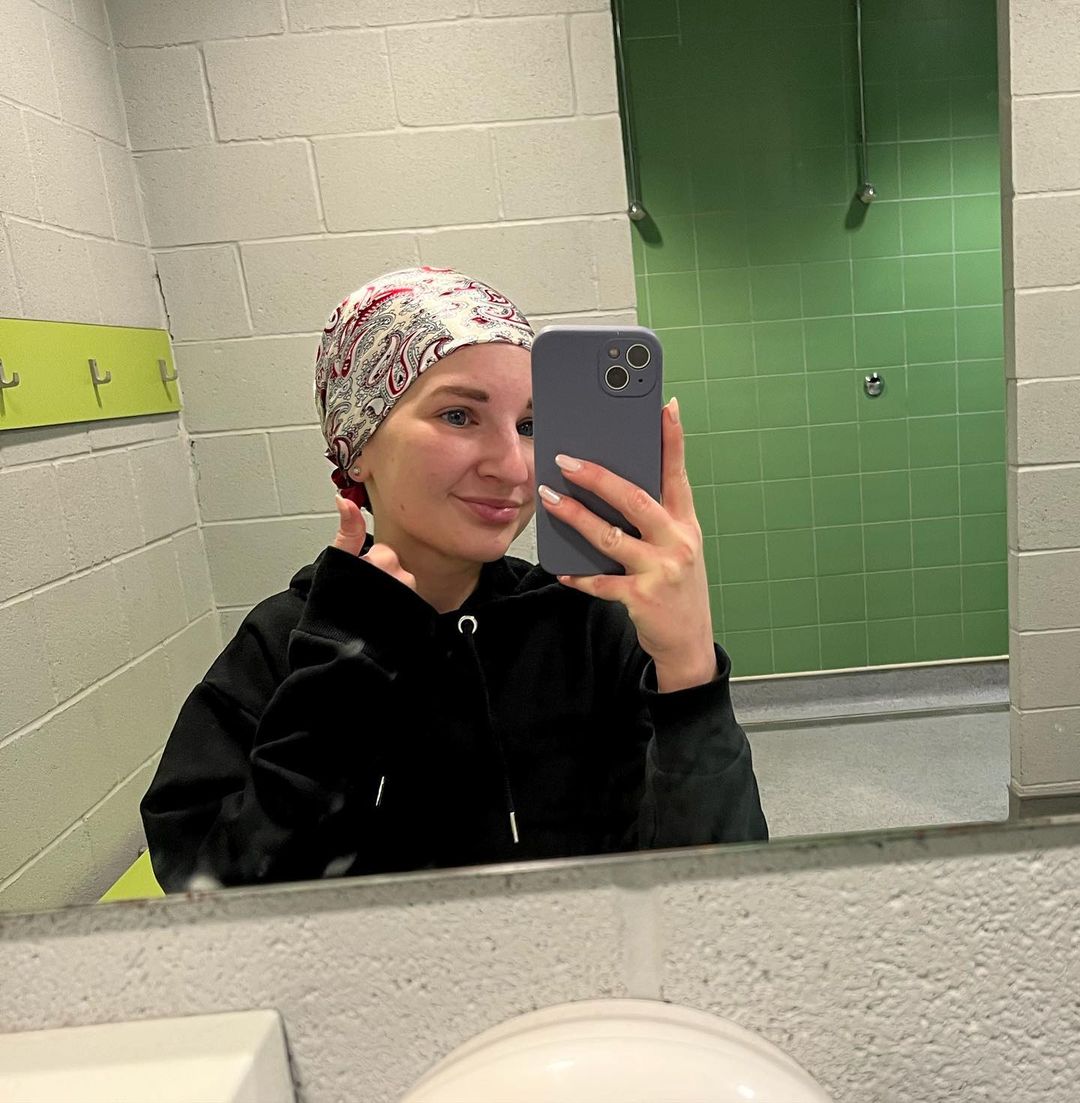A young teaching assistant, Grace Davies-Friend, hailing from Shrewsbury, England, has taken a bold stance against the stigma associated with hair loss by proudly embracing her glamorous bald head while working at a school.
Grace’s journey began in 2021 when she started noticing hair thinning and shedding, accompanied by unexplained weight loss. Concerned about these developments, she sought answers from her GP.
At the age of 23, she received a diagnosis that initially left her devastated – alopecia areata, a milder form of an autoimmune disorder. This condition can result in unpredictable hair loss on various parts of the body, with the scalp being the most commonly affected area. Beyond physical symptoms, alopecia can significantly impact one’s mental health and self-confidence.

Reflecting on the diagnosis, Grace shared, “They told me then and there that it was alopecia. I was so upset, but I was also relieved because I finally had an explanation as to why my hair was so thin, breaking off, and falling out.”
Medical professionals recommended further tests and a referral to a hospital for specialized advice, but Grace opted against it. Instead, in February 2022, she made a courageous decision – she shaved her head.
Grace explained, “It may seem controversial, but I didn’t go for the tests. I have had various medical issues throughout my life, and at the time, I really didn’t want to add to it. I’d always thought about shaving my head. I just never imagined it would actually happen. For me, it was more painful to keep it and watch it fall out, feel the itching that comes with it than to shave it. When I finally shaved it, it felt relieving and freeing. It just felt like the right decision.”
However, shortly afterward, Grace discovered a lump in her thyroid, which she believes might have contributed to her previous hair loss. It’s important to note that alopecia areata can have various underlying causes, including genetic factors, making it challenging for doctors to pinpoint a single reason.
Grace shared her experience, saying, “About a month later, I found a lump on my thyroid, which was later removed – both the lump and my right thyroid. It was later thought that it may have been contributing to my hair loss, as my body wasn’t producing what it should to allow my hair to grow, along with stress being a contributing factor. But it’s shaved now, and I feel much happier.”

Grace, who also works as a full-time teaching assistant, was fully aware that her decision to go to school without hair would garner attention. Nevertheless, she was determined to embrace her new appearance and challenge stereotypes and stigmas.
She stated, “At first, they took a little while to notice. I was wearing a head covering of some kind each day, and then a wig after a few weeks. But once it twigged, everyone was accepting. I was very open about it from the beginning. I made it so that they felt they could ask questions, but we spoke about how to do that respectfully. I wanted them [the students] to know they could ask [questions], that it wasn’t a ‘forbidden’ subject, to break the stereotypes and stigma.”
Today, Grace continues to raise awareness about alopecia while actively pursuing her work in educational institutions. She shared, “I’m doing okay. There are times when my hair has looked like it’s been growing okay! But then it comes out with the patches again or thins a lot. I tend to just shave it, as it’s emotionally and mentally easier.”






